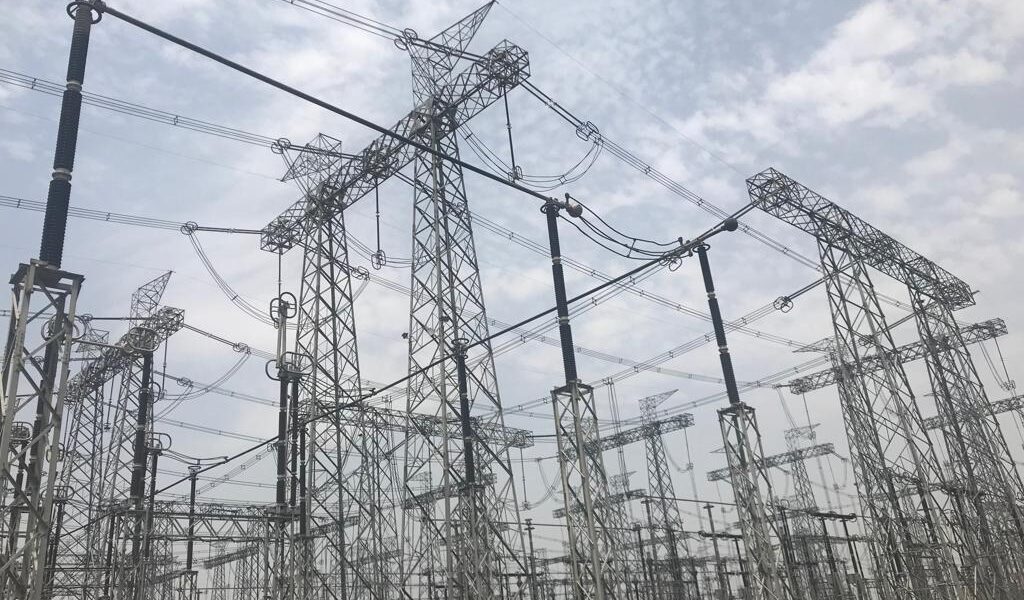The Union Ministry of Power has promulgated the Electricity (Transmission System Planning, Development and Recovery of Inter-State Transmission Charges) Rules 2021.
This paves the way for overhauling of transmission system planning, towards giving power sector utilities easier access to the electricity transmission network across the country, a government release said.
Current LTA framework
At present, generating companies apply for long-term access (LTA) based on their supply tie-ups, while medium-term and short-term transmission access is acquired within the available margins. Based on LTA application, incremental transmission capacity is added. A number of sector developments, such as the increasing focus on renewable energy, and the development of the market mechanism, necessitated a review of the existing transmission planning framework based on LTA.
General Network Access
The rules underpin a system of transmission access which is termed as a General Network Access (GNA) in the inter-state transmission system. This provides flexibility to states as well as the generating stations to acquire, hold and transfer transmission capacity as per their requirements.
The rules will bring in rationality, responsibility and fairness in the process of transmission planning as well as its costs.
In a major change from the present system of taking transmission access, power plants will not have to specify their target beneficiaries. The rules will also empower state power distribution and transmission companies to determine their transmission requirements and build them. Also, states will be able to purchase electricity from short term and medium term contracts and optimize their power purchase costs.
Role of various agencies
The new rules also specify clear roles of various agencies involved in the transmission planning process.
- The Central Electricity Authority (CEA) shall prepare a short-term plan every year on rolling basis for next five years and perspective plan every alternative year on rolling basis for next 10 years.
- The Central Transmission Utility (CTU) shall prepare an implementation plan for inter-State transmission system every year on rolling basis for up to next 5 years which will take into account aspects such as right –of-way and progress of the generation and demand in various parts of the country.
From LTA to GNA
The rules specify how the existing LTA would be transitioned into General Network Access. The rules also outline the recovery of GNA charges from the users of transmission network and assign the responsibility of billing, collection and disbursement of interstate transmission charges to the Central Transmission Utility.
CERC to formulate detailed rules
The rules have enabled, for the first time, that the transmission capacity can be sold, shared or purchased by the States and generators. The rules prescribe that excess drawal or injection over the GNA capacity sanctioned shall be charged at rates which are at least 25% higher and this will ensure that the entities do not under-declare their GNA capacity. The Central Electricity Regulatory Commission (CERC) has been empowered to bring out detailed regulations on GNA in inter state transmission system.
Overall objective
The Central Government has notified these rules with a view to streamline the process of planning, development and recovery of investment in the transmission system. The rules are aimed at encouraging investments in the generation and transmission sectors. The rules will enable the country to develop deeper markets.
The Rules brought out by the Central Government underpin that “electricity transmission planning shall be made in such way that the lack of availability of the transmission system does not act as a brake on the growth of different regions and the transmission system shall, as far as possible, to be planned and developed matching with growth of generation and load and while doing the planning, care shall be taken that there is no wasteful investment”.
Recent reform measures
In a series of other reforms carried out earlier, also on the directions of the Union Power Minister, R. K. Singh, the Ministry had separated the Central Transmission Utility from Power Grid Corporation of India Ltd (PGCIL) to provide transparency and a level playing field in the bids for transmission and reduced the lock-in period for transmission projects in order to attract investments and more competition. The Ministry of Power also issued the Right of Consumer rules, which empower consumers and rules laying down the ceiling for late payment surcharge.



